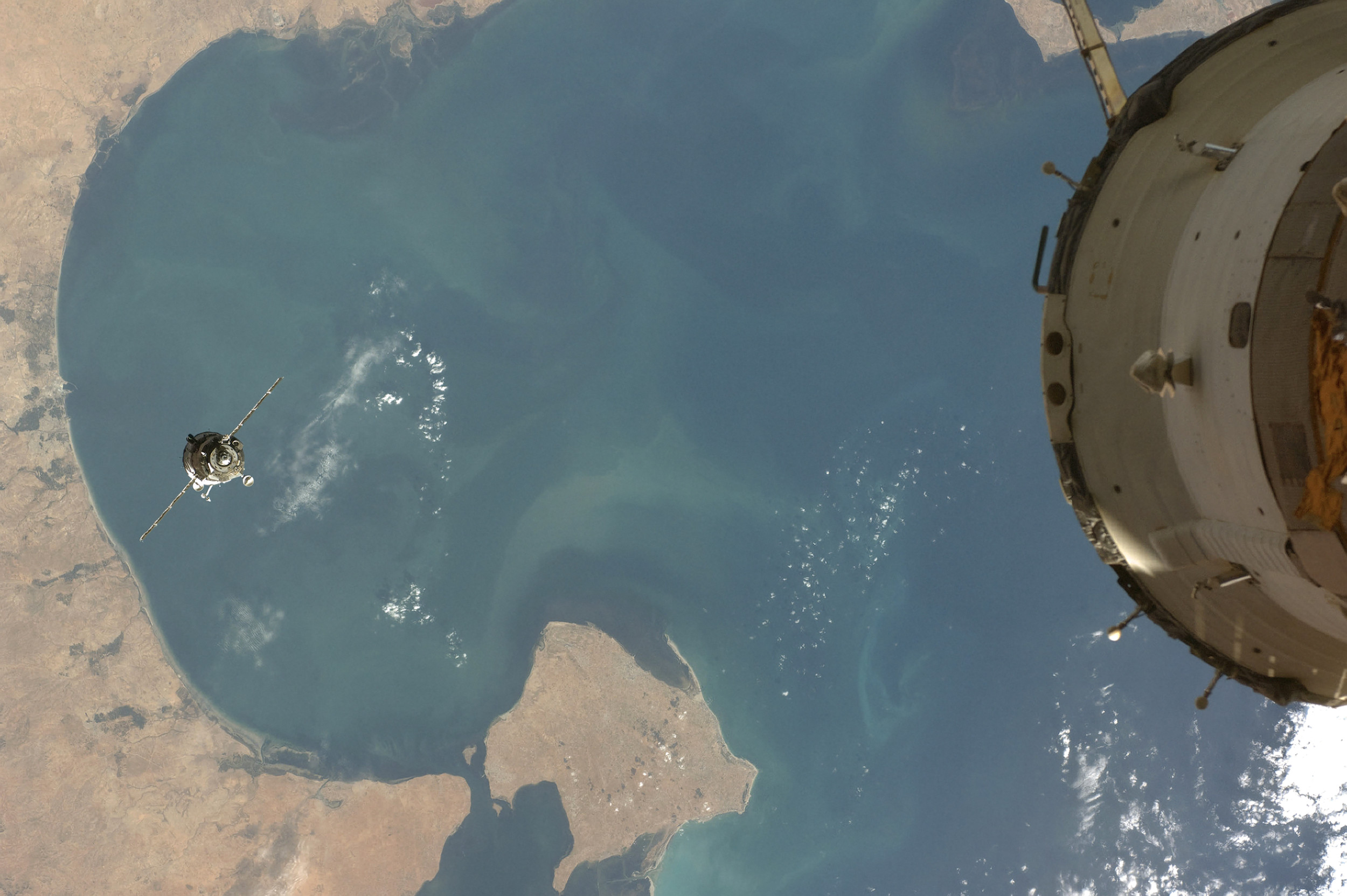
Two remote-controlled Chinese satellites appear to have docked in high orbit to allow refueling and servicing for the first time.
The achievement, which has yet to be matched by the U.S, involved autonomous spacecraft Shijian-21 and Shijian-25, completing the task in geostationary orbit earlier this month.
Geostationary orbits occur at 22,236 miles above the surface, and are typically used for communications satellites so that they can move with the rotation of the Earth. However, the high orbit and need for satellites to maintain speeds with the Earth’s rotation makes docking extremely difficult.
The event, not so far confirmed by China, was reported after optical sensor data suggested the satellites “appeared visually merged” between July 2 and July 6, according to space situational awareness provider COMSPOC, based in the U.S.
Newsweek contacted NASA and the China National Space Administration for more information on the situation via email.
Why It Matters
If confirmed, China’s achievement would highlight major advancements in space servicing capabilities—an area long pursued by global space agencies. Refueling satellites during flight extends their operational life span and reduces space debris, benefits considered critical for maintaining sustainable long-term operations in ever-more-crowded orbital pathways.
NASA has previously achieved autonomous docking and fuel transfer in low Earth orbit with the 2007 DARPA Orbital Express mission, but has not managed the process in the higher, more challenging geostationary orbit in which the Shijian mission occurred.
What To Know
The close-proximity operations were observed alongside two American military surveillance satellites stationed nearby to monitor the historic maneuver.
The operation involved carefully coordinated movements as Shijian-25 approached and maneuvered near Shijian-21 throughout June and early July, culminating in the period when they appeared to converge, according to U.S. and Swiss tracking sources.
Tracking from COMSPOC and other space surveillance organizations indicated the following sequence: Shijian-25, which launched earlier in 2025 to test mission-extension technologies, moved steadily toward Shijian-21 starting in early June.
Getty Images
The two achieved a close approach on June 13 before temporarily separating 90 minutes later. Another round of close-proximity operations took place on June 30, observed from Earth by optical tracking firm s2a Systems in Switzerland.
During these maneuvers, the satellites orbited at over 22,000 miles above the equator, firmly in geostationary territory.
Shijian-25’s mission reportedly aimed to use robotic arms to latch onto Shijian-21 and replenish its fuel, enabling extended mission life.
Shijian-21 had previously depleted much of its fuel in 2022 while towing a defunct BeiDou navigation satellite into a higher, inactive “graveyard” orbit, thus contributing to debris reduction.
What People Are Saying
Swiss optical tracking firm s2a Systems said on July 2: “After a day with small but relatively constant distance yesterday, the two objects came closer again today and can no longer be separated by our instrument since about 11:00 UTC (7 p.m. Beijing time)”
What Happens Next
Further confirmation of the suspected refueling and on-orbit servicing between Shijian-21 and Shijian-25 will depend on statements from Chinese authorities or future international tracking analysis.
